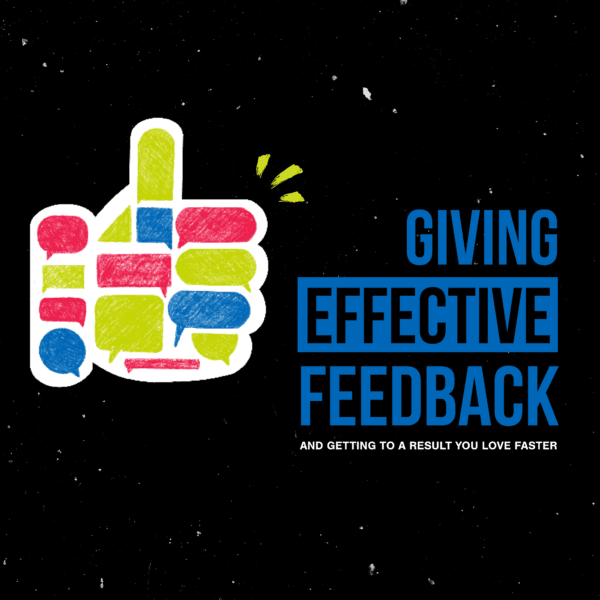
According to the Department of Labor, Millennials and Gen Z will account for over 75 percent of the workforce by year-end 2025. Despite this, only 29% of association members represent these younger generations. Reaching Gen Z – 70 million strong in the U.S. – is only going to increase in importance as older generations age out of membership, and at GRAPHEK, we’re always digging deep to ensure we understand our clients’ audiences and their preferences, particularly as it relates to design. Today, we’re taking a deeper dive into what defines Gen Z.
Gen Zs were born between 1996 and 2010, and they’re the first generation to be able to truly claim digital native status, having never experienced life without smart devices. Digital content, social media engagement, and e-learning tools are important strategies for meeting Gen Z where they are – online. They’re also the most racially and ethnically diverse generation of Americans. They’re considered self-driven and collaborative, while often preferring to work independently. They value authenticity, flexibility, and pragmatism.
It’s that desire for authenticity, Steve Andreo, our designer and illustrator, says he often focuses on first when he sees something clearly marketed toward his generation.
“When something feels forced – let’s say an organization tries to leverage a once-popular meme – it often falls flat. The cultural landscape changes too quickly for that kind of marketing strategy to be effective, largely due to the frenetic speed of social media,” he said. “Similarly, if an association tries to communicate with Gen Z, I’ve seen instances where they try to latch onto our language. That’s sometimes fine and can be done effectively – especially if it’s on a platform that is traditionally a little less formal, like an Instagram ad – but I think what usually happens is that by trying to use Gen Z’s language and vernacular, they lose their own brand and image. Ideally, seek to understand the culture of the audience you’re trying to reach, but remain true to your organization. Otherwise, the disconnect will be very obvious, and authenticity suffers.”
“I used to really enjoy a YouTube content creator with a culinary focus,” Steve added. “Her earlier videos felt home-produced and genuine, and it gave me the feeling that she was making the content because she wanted to – she was connecting to our shared cultural landscape. But her newer work feels very heavily produced, and that level of perfection feels totally unattainable.”
“Having perfection thrust on us just doesn’t feel authentic – it’s like when someone’s social media posts are pure highlight reels and too overly perfect – it doesn’t feel honest. This desire for truth may be true for all generations, but speaking for Gen Z, I advise clients to keep that in mind when they’re thinking about design and content; connections come easier through transparency and being real.”
For web content, it’s also important to remember that younger generations have a statistically proven shorter attention span; keep content short in accordance with that and don’t hide messaging behind so much ornamentation and decoration that users can’t find or absorb your communications priorities immediately. Vibrant colors that help a brand feel more youthful can be effective, as well, particularly if it’s paired with complementary messaging.
Gen Z as consumers may also be shifting away from big corporations, choosing brands that align more closely with their values and ethics. If a global organization, however, communicates its socially conscious brand effectively, that can also work to appeal to Gen Z consumers. Similarly, the people behind the brand are as interesting and important to Gen Z consumers as the product itself – for an association, you may want to ask yourself how well your members and prospective members know your leadership. Do they know their names? What “vibe” do they give? Working on making your association feel approachable – through your people – can be an effective strategy for reaching this important new segment of membership.
“For companies – and member companies of associations – having a positive social impact is similarly a really important thing to communicate,” Steve added. “I’m not driven to support the top 1% of our nation’s biggest companies or the CEO of an association. I’d rather feel connected to their mission – I want to understand what my support will mean to an organization as a whole, and how it will impact the community around me. Connect me to the mission by being transparent.”
This overall lack of connection – to people, to mission, to impact – Steve thinks, is part of the reason so many in his generation haven’t gravitated toward associations.
“A national association doesn’t feel like a place where I can make the kind of deep connections needed to make positive change. I think many of my peers feel similarly; it feels less localized, so I think associations would do well to illustrate how they make a national organization feel smaller and more intimate, enabling the kinds of connections that we seek.”
If you’re ready to be one of the associations that breaks the norm, let’s get to work and find out how to best attract and represent Gen Z members in your field. Contact us.



